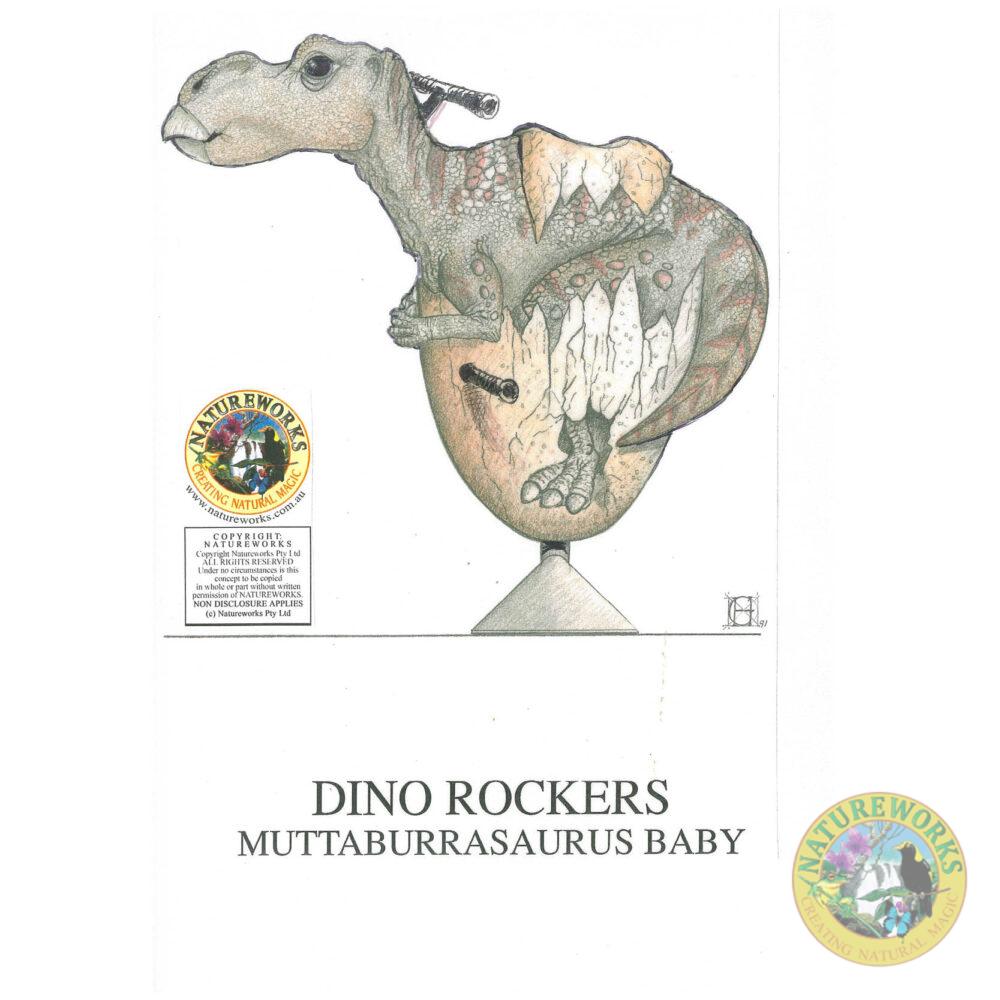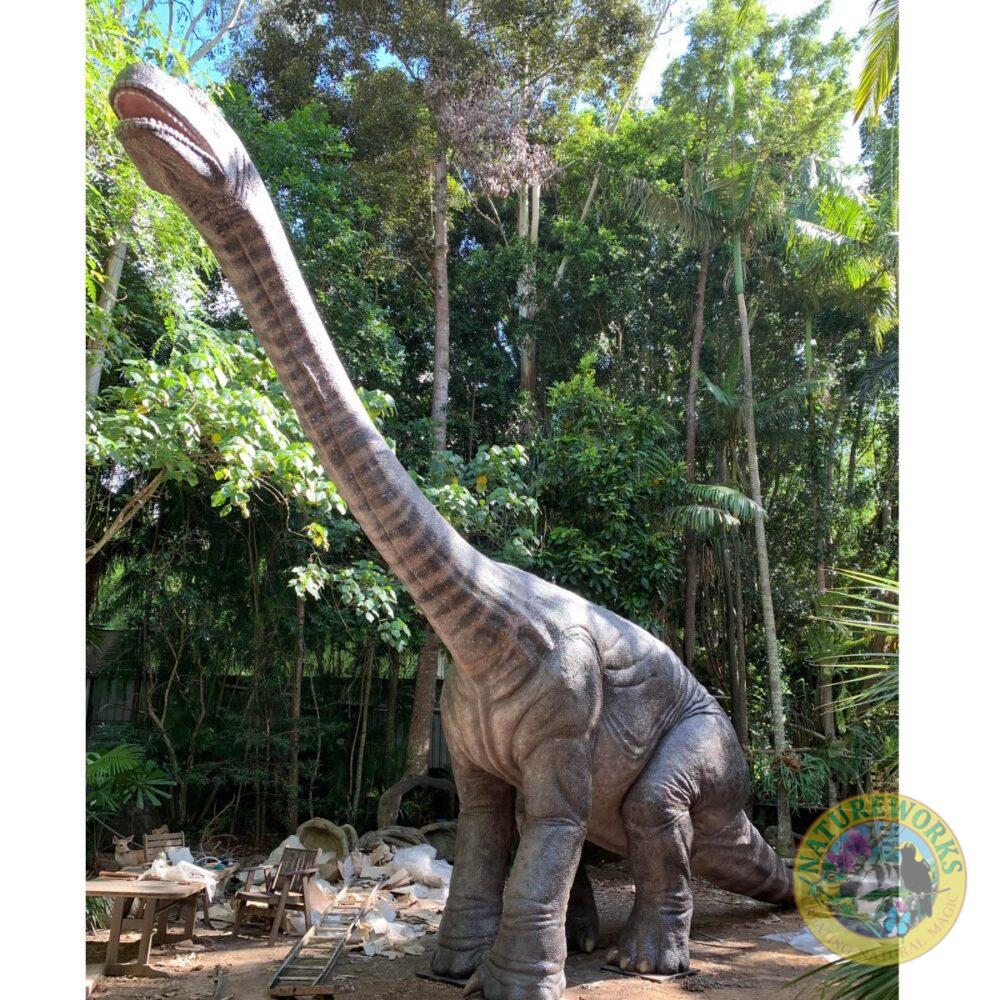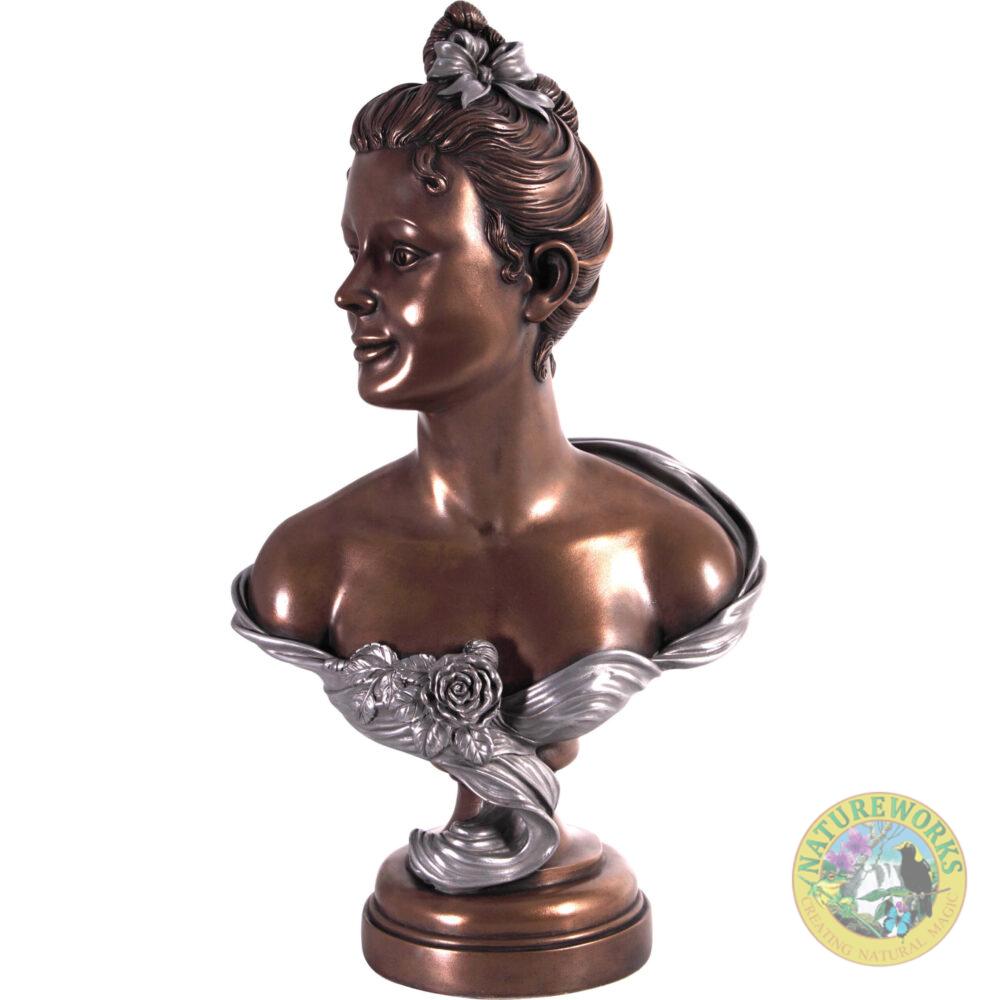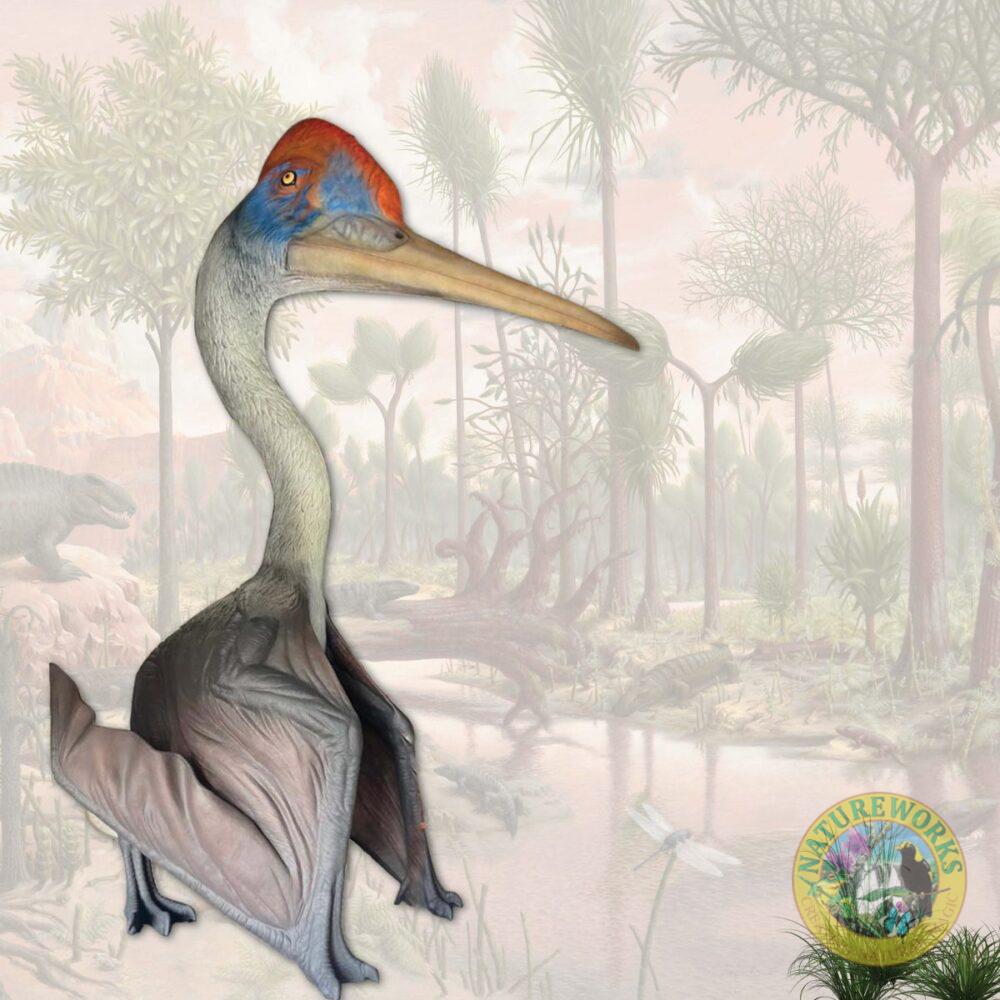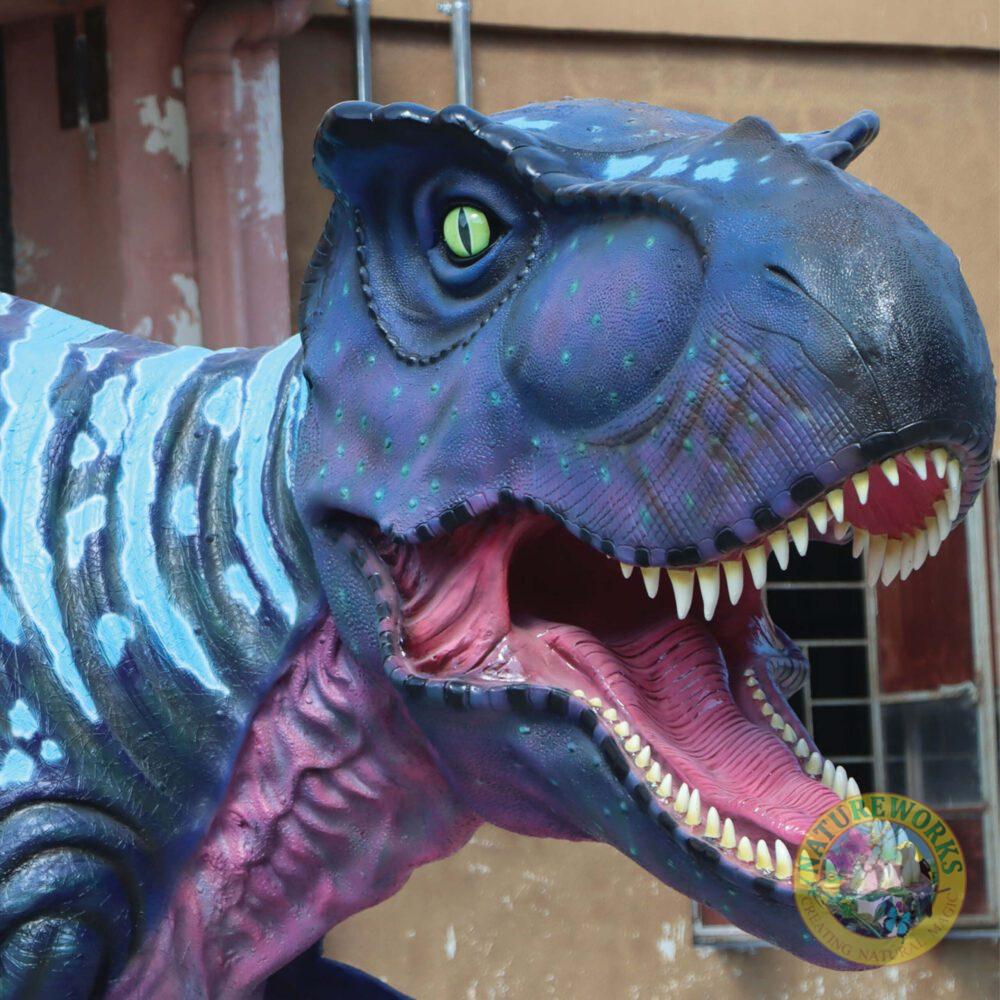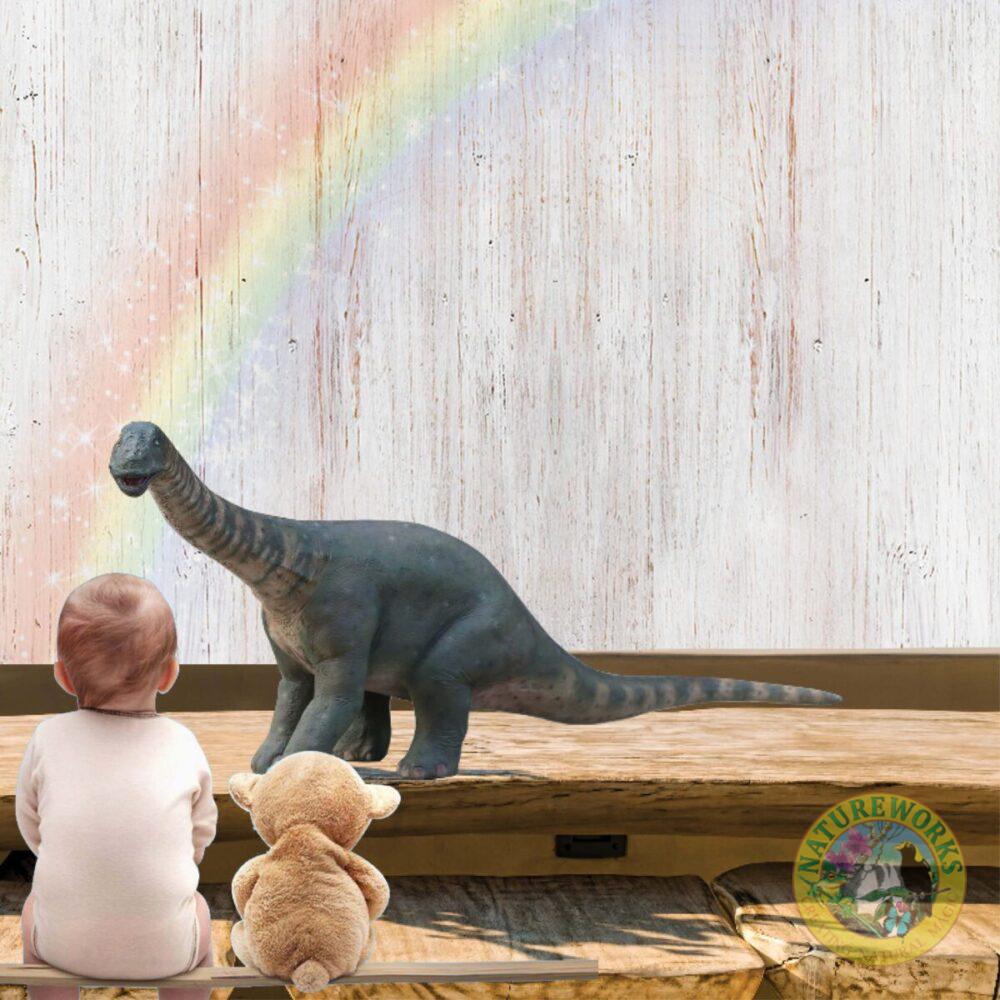If you marvel at the wonders of nature, you’re not alone. Our planet is home to a vast array of life, with adaptations and illusions so fascinating that they often blur the line between reality and imagination. It’s this line we tread at Natureworks, where art and science combine. For decades, our team of artists have re-created and sculpted the wonders of life — from prehistoric giants to beloved native species.
But it’s not enough just to reproduce elements of the natural world. By teaching, inspiring and connecting people to nature, they will be motivated to protect it. The future custodians of our planet play a crucial role in achieving this objective.
As such, our mission at Natureworks is to “turn children on to the magic of the natural world.” By tapping into children’s natural curiosity, we can fire their imagination through nature-based play and discovery. Showing kids the amazing variety of life with all its mysteries and wonders helps them learn the importance of protecting biodiversity now and in the future.

Biodiversity is under threat
Biodiversity refers to the wide variety and adaptability of living things, including animals, plants and microorganisms. Earth is home to millions of species, each uniquely adapted to survive, reproduce, and maintain balance within ecosystems. From the smallest bacteria or fungi to the largest mammals and trees, every living thing plays a role in sustaining biodiversity.
Yet this delicate balance is increasingly under threat because of human activities. Due to climate change, pollution, habitat loss, over-exploitation, invasive species and disease, many species are now extinct or are classed as endangered, threatened or vulnerable.
As an indicator of the scale of the problem, the IUCN Red List says over 47,000 species – more than a quarter of all known species of living things – are threatened with extinction. Such large-scale loss of biodiversity is an issue for every lifeform on this planet, including humans.
Biodiversity loss in Australia
Australia, home to some of the planet’s most unique wildlife, is facing unprecedented environmental challenges. Habitat changes resulting from population growth, land clearing, resource use and urbanisation has led to significant loss of woodland, rainforest, grassland and wetland ecosystems. The introduction of invasive species of plants and animals has also had a negative impact on ecosystems.
As a result, biodiversity is reducing and over 1,900 Australian species are currently listed as threatened or endangered. The University of Queensland’s Threatened Species Index shows these threatened species have declined in abundance at an average rate of 1.8% every year since 2000.
"At the national scale, threatened and near-threatened species have experienced significant long-term losses, with an average decline of 73% in relative abundance since 1985."
Threatened Species Index

Why does biodiversity matter?
Biodiversity is central to the health of natural ecosystems. The loss or decline of a particular species does not just affect that species, it has a much broader impact. Not only on the local ecosystem, but on humans too. People depend on biodiversity for water and air quality, food availability, natural health and productive livelihoods.
"A loss of biodiversity threatens the capacity of our environment to sustain and provide clean air, water, medicines and is contributing to the emergence and transmission of disease."
Australian Bureau of Statistics, 2025

Raising awareness of biodiversity through nature-based art
At Natureworks, we are extremely concerned about the loss of biodiversity and are keen to help others understand and care about it too.
To this end, we create sculptures that raise awareness of biodiversity by depicting the incredible wonders of nature. This philosophy of natural wonder is sculpted, cast, and brought vividly to life. We sculpt an incredible variety of animals, from extinct dinosaurs and megafauna, through to rare or threatened wildlife and modern species of birds, marine life and domestic, farm, jungle or other animals.
For over 45 years, our natural replicas, themed props and nature play structures have turned public spaces, playgrounds, botanic gardens, wildlife parks and events into open-air classrooms and forums for discussion or exploration.

How does art connect people to nature?
Art creates an emotional connection, especially when it relates to a specific purpose, event or community. Some relevant examples of Natureworks projects include:
- Diprotodon play structure – life-size megafauna sculpture in a playground near where its fossils were found
- Megafauna sculptures – at Australian Botanic Gardens, showing connections between ancient flora and fauna
- Maylands Waterland – fun-filled water play, with frog squirters reflecting local ecosystems
- Dreamtime playground – nature playground with giant snake and dinosaur eggs
- Educational play cloches – nature-themed dioramas of miniature ecosystems
- Cassowary Art Trail – promoting culture, tourism and conservation of these modern megafauna birds
- Fish with plastic waste – an educational sculpture showing the impact of pollution on marine life.
Our works tell the story of nature’s past and present, inspiring people – especially kids, our future citizens – to think about nature’s future. Art can’t save the planet, but it can inspire those who will!
Natureworks Australia
Where art and science meet
For an animal sculpture to engage interest, it needs to feel real. Natureworks’ sculptural process is grounded in anatomical accuracy — a legacy of founder David Joffe’s museum training. Each feather, scale, and strand of fur reflects deep research, often referencing fossil records and modern specimens. The result: lifelike creatures that feel as if they’ve stepped straight from their habitat, whether past or present.
Animal play sculptures by Natureworks
The photo gallery below shows just a small selection of the animal sculptures Natureworks creates for nature playgrounds, promotional events, schools, splash parks, childcare centres, zoos and wildlife parks.
Creating a sense of wonder
By building a creative bridge between science and imagination, Natureworks encourages young people to connect to nature. Our sculptures attract their interest and ignite their curiosity.
For example, a child standing beneath a 6-metre-long Brachiosaurus, might stop and think “Did these giants really live here? What did they eat? Where did they go?” That moment of wonder is where education begins — where imagination leads to inquiry and inquiry leads to action.
Walk through a garden and encounter a giant redback spider, stand beside a life-size Diprotodon, or cuddle an oversized Koala sculpture — each creation invites discovery and learning. These aren’t just ornaments or props. They are ambassadors of biodiversity, reminding us of how species evolve, adapt, and coexist.
From the Rainbow Serpent — a cultural and mythological symbol of creation and connection — to scientifically accurate replicas of megafauna like Thylacoleo and Wonambi, Natureworks bridges art, ecology, and heritage. Our installations anchor people emotionally to the story of life on our planet. They make people think. And care.
In a world where many children learn about wildlife only through screens, sculptures offer a tangible encounter — a chance to touch, feel, and wonder. They remind us that nature is not just something to study; it’s something to preserve.

The way ahead
As we look to the future, Natureworks continues to craft its legacy — bringing together artists, educators, scientists, and communities to re-imagine how the natural world can inspire care, creativity, and change. We are also focusing on cultural connections, with the recent appointment of an indigenous affairs advisor.
All the while, we continue to embrace the wonders of biodiversity and focus on turning kids onto the magic of the natural world.
Do you have a story to tell? To find out how natural art can provoke curiosity, promote awareness of biodiversity or inspire change in your community, don’t hesitate to get in touch with Natureworks.







